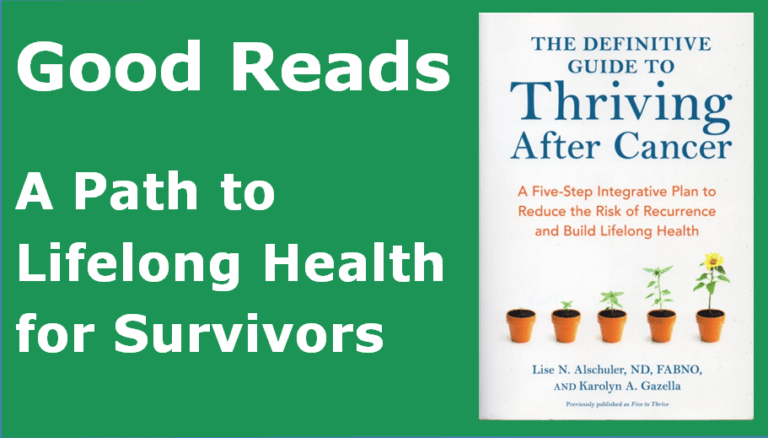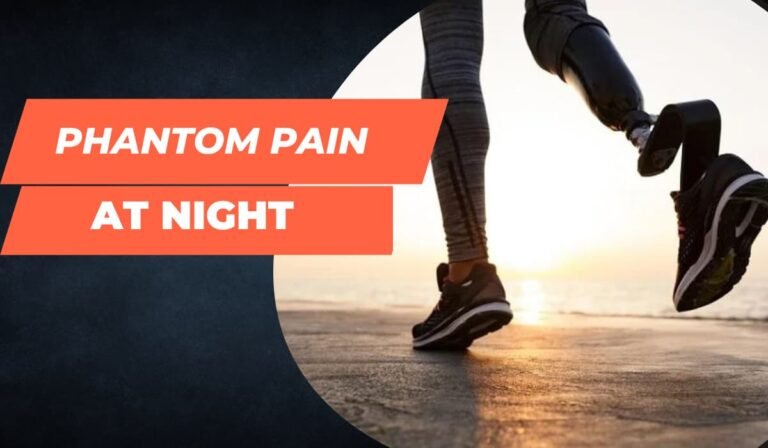What Causes Bunions? The Painful Condition

Bunions or Hallux valgus deformity (in medical language) is a serious condition in which the big toe of the feet starts experiencing pain because of a formation of a bony bump and starts tilting towards the other toes. Due to this bony bump on the toe, you might find difficulty in wearing shoes, and sometimes even in walking. The pain, redness, and swelling that accompanies this problem need no mention. Therefore it becomes vital to take timely steps to cure this problem. For this, you need to understand why this problem developed so that you can decide how you can control this problem.
So, in this article, we will look at some of the most commonly cited reasons for bunions and some suggested remedies that can help you reduce your pain and overcome this problem.
Common Causes Cited For This Painful Condition:
Bunions are not formed in a day but once you have become a victim of this problem, you will see the bump in the toe increasing gradually.
To understand the main cause of bunions, it’s important to understand the location of Bunions. Bunions develop in that area where the largest toe meets the underlying foot bones. So when this area witnesses a lot of pressure, the big toe starts tilting towards the other toe and the bone tilts outwards which looks like a bump.

The common reasons that increase this pressure and accelerate the formation of bunions are:
- Inheritance: Genetics is one of the most commonly cited causes of this disease. Sometimes the genes are such that the foot structure is not properly aligned or the foot muscles are not properly developed due to which the person becomes prone to bunions. That’s why it’s common to find people with this disease who have someone suffering from bunions in their family, especially parents.
- Foot injuries: Another reason why you might have developed this bony bump on your toe is because of some foot injury. Sometimes the injuries do not seem serious but they might develop into painful problems like Bunions. Therefore you should see a doctor if you feel that your big toe is bending outwards after that injury as it can be the starting stage of Bunions.
- Not wearing the right shoes: Choosing the right shoes for our feet is crucial to walk comfortably and prevent ourselves from unnecessary problems. But sometimes we start wearing very ill-fitted shoes like the pinpointed shoes which might lead to inconvenience and ultimately develop into problems like Bunions. Though there is no conclusive evidence to show that the size and the design of shoes are a deciding factor for Bunions, it can still play a decisive role in exaggerating or solving this problem. For instance, if you wear tight shoes daily, you are more likely to suffer from foot problems like bunions because of the high pressure that they exert on your feet.
- Other medical conditions: Bunions might also be a result of some other medical condition. For instance, it has been commonly found that people suffering from inflammatory problems like rheumatoid arthritis suffer from this problem. Also, people with neuromuscular problems like polio are more likely to develop bunions.
- Lifestyle with a lot of footwork: Another factor that might have contributed to the bunion problem is your lifestyle. Jobs that require you to stand for a long period or do a lot of footwork like dancing jobs, teachers who have to stand for hours, etc. are also likely to suffer from foot problems like bunions. The reason is they are putting a lot of pressure on their feet without giving them the time to relax.
Suggested Remedies:
Although the right cause of bunions is hard to determine, you can always control this problem by using some simple remedies. First of all, make sure that you are choosing a comfortable pair of shoes. Avoid high heels or ill-fitting shoes as they can exaggerate your problem.
When choosing the right shoes for your feet, you should pay attention to the
- front of the shoes (because pointy tips can cause pain but a wide front makes the shoes comfortable)
- Size of the shoes (Never buy tight shoes as they can create more pressure on the feet).
Besides footwear changes, you can also place protective pads called bunion-shield that can help in reducing pain and swelling. Similarly, ice packs, applying oil on the bumps, and taking anti-inflammatory medications can aid you in controlling this problem. You can also try to do some simple stretching of the feet but avoid very hard foot exercises.
In addition to these personal care solutions, certain advanced measures for controlling the problem of Bunions are also coming into the market. For instance, you can insert custom orthotics in the shoes to reduce your pain and improve the condition of bunions. A Toe spreader can also be used to separate the toes and reduce the pain if the first toe has completely moved towards the second toe.
Also Read Everything You Need To Know About Liver Pain
But all these remedies must be taken with the consent of your doctor so that you can form a better decision about these remedies based on the seriousness of your bunions.
Rounding Up:
Bunions are a serious health issue that develops due to the failure in taking proper care of our feet. The problem should not be ignored and If you are suffering from this problem, it becomes vital to consult a doctor and take timely steps so that you can prevent yourself from further complications like Bursitis, Hammertoe, etc. Try to change your footwear habits, provide proper relaxation and comfort to your feet and take proper remedies to control the pain and swelling in the toe. Lifestyle changes might also help address this problem. Also, try to get a doctor’s advice in the early phase of this problem so that you can get rid of Bunions timely.
FAQs
PainPathways Magazine
PainPathways is the first, only and ultimate pain magazine. First published in spring 2008, PainPathways is the culmination of the vision of Richard L. Rauck, MD, to provide a shared resource for people living with and caring for others in pain. This quarterly resource not only provides in-depth information on current treatments, therapies and research studies but also connects people who live with pain, both personally and professionally.
View All By PainPathways






